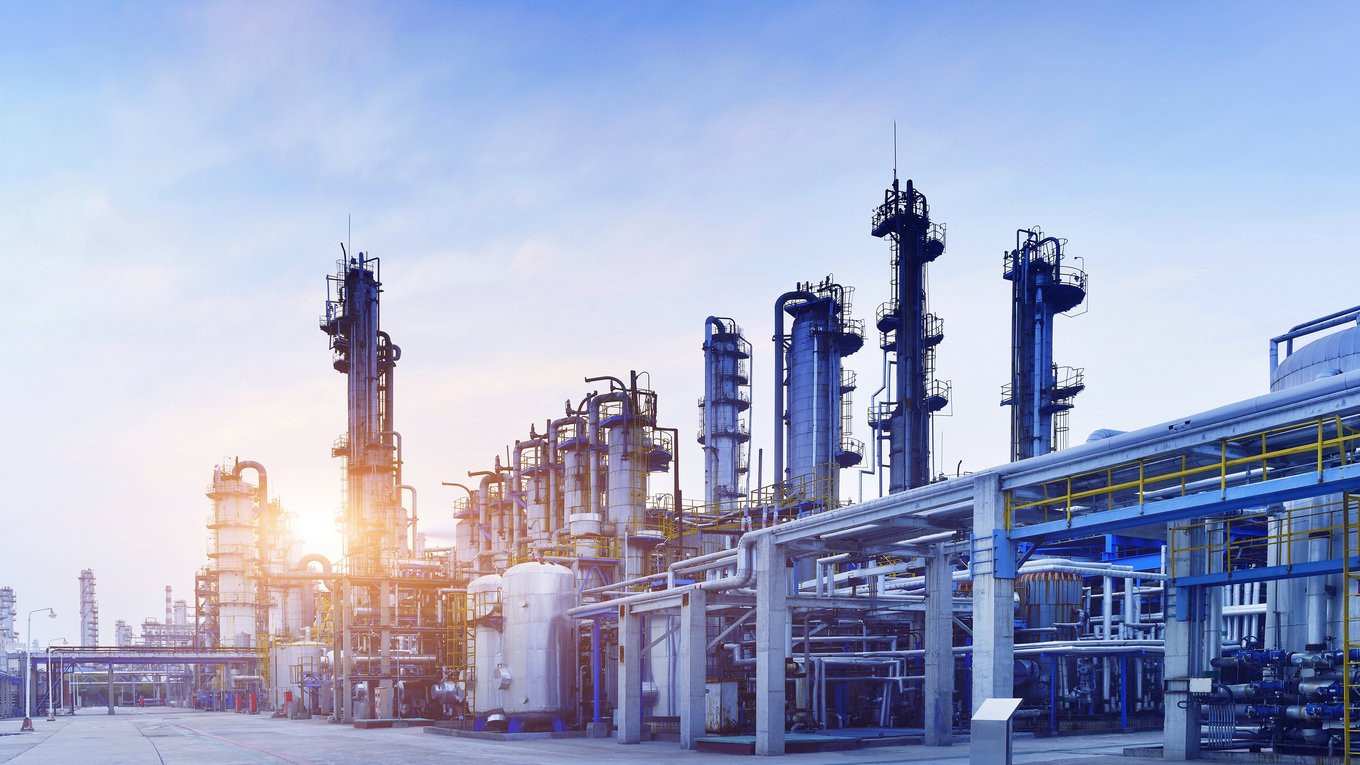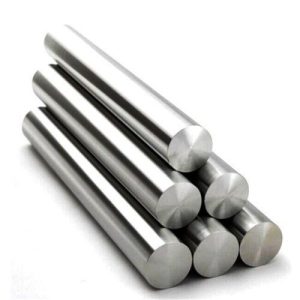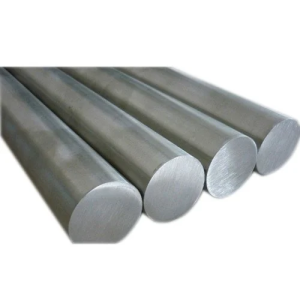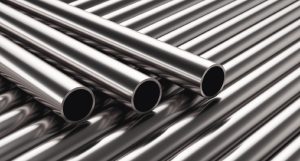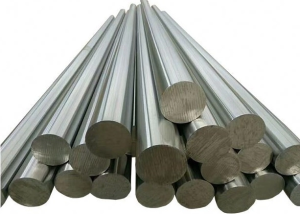The need for durability and high performance materials is important in petrochemical industry. Structures and equipment in production, refining and transportation of chemicals withstand highly aggressive and corrosive environments. For this reason many industries in harsh environment applications rely on Hastelloy, a family of corrosion resistant superalloys manufactured specifically for chemical aggressive environments. This blog explains why hastelloy has the trust of petrochemical sector ensuring reliability and longevity of the material in corrosive environments.
What is Hastelloy?
Hastelloy is composed of nickel which molybdenum, chromium, iron and other elements. The alloy is well known for its good corrosion resistance which makes it an ideal material for applications where materials like carbon steel or stainless steel would easily degrade under harsh conditions.
Hastelloy alloys are made to resist corrosive chemicals like sulfuric acid, hydrochloric acid, chlorine and other aggressive substances. Due to its chemical compostion and high performace Hastelloy has become the one of the well known material in various applications like from reactors and heat exchanges to piping and valves.
1. Superior Corrosion Resistance
Hastelloy has unmatched corrosion resistance and that is why many petrochemical industries trust Hastelloy for corrosive environments. Petrochemical processes use strong chemicals. These can corrode standard alloys in a short time. Hastelloy alloys are engineered with a focus on combating this issue.
Like Hastelloy C-276 is widely known for the outstanding resistance to oxidizing and reducing environments. It is very effective in environments that contain sulfuric acid, hydrochloric acid, phosphoric acid and organic acids. Hastelloy has molybdenum content which plays an important role in resisting corrosion as molybdenum increases the alloy’s ability to resist localized corrosion, including pitting and crevice corrosion.In petrochemical processing, where equipment and infrastructure are often exposed to such corrosive substances, Hastelloy ensures that materials remain intact and functional, reducing downtime and the need for costly repairs.
2. High-Temperature Performance
Petrochemical operations usually run at high temperatures which introduces a further level of complexity to material selection. Most alloys tend to lose their corrosion resistance and strength when they are exposed to high temperatures. Hastelloy are engineered to perform optimally at high temperatures retaining both their resistance to corrosion and structure under intense heat.
Hastelloy C-22 is famous for its great resistance to oxidation and pitting. It works well at temperatures up to 1,500°F (815°C). This makes it a top choice for the petrochemical industry. Here, high temperatures and corrosive chemicals are big concerns.
High-temperature resistance is vital in industries such as refining. Reactors, heat exchangers, and other equipment must perform well, even in extreme conditions. Hastelloy can handle high temperatures and resist corrosion. This keeps the process safe and efficient. As a result it helps reduce costly failures and production delays.
3. Longevity and Reliability
One of the most important factors in the petrochemical market is material longevity. Corrosion-related equipment failure can result in costly repairs, extensive downtime and possible environmental risks. Hastelloy’s high corrosion resistance and high-temperature capabilities directly equate to longer service life for parts.
Unlike materials that tend to deteriorate fast when they come into contact with aggressive chemicals Hastelloy alloys remain strong and sound in the long term. This is especially important in situations where repair or replacement of equipment may lead to costly delays, safety hazards and environmental issues.
When it comes to reactors or piping systems handling dangerous chemicals utilizing Hastelloy guarantees the material will last for years as structurally strong and leak tight even in tough corrosive and high temperature environments.The lower possibility of catastrophic failure is one important reason why petrochemical industries continue to have faith in Hastelloy.
4. Versatility in Application
Another reason that Hastelloy is preferred by the petrochemical industry is its flexibility of use. Various grades of Hastelloy exist to meet particular operating conditions, including different concentrations of corrosive agents or different operating temperatures. This flexibility enables petrochemical companies to choose the perfect alloy for their specific process maximizing performance and cost-effectiveness.
For instance, Hastelloy C-276 is extensively utilized in sulfuric acid handling equipment, heat exchangers, and scrubbers, whereas Hastelloy C-22 bars is favored in those applications where chlorine and compounds related to chlorine exist. With the proper Hastelloy alloy applied to particular corrosive environments, businesses are capable of realizing improved performance, increased efficiency and extended operation life for their equipment.
The flexibility of Hastelloy can be utilized in a number of different forms including sheets, pipes, plates and fasteners so it can meet a wide range of petrochemical equipment requirements.
5. Cost-Effectiveness in the Long Run
Though Hastelloy will cost more upfront than other materials, its functionality, lifespan, and lower requirement for maintenance generally make it the more economical choice in the long term.Since Hastelloy is resistant to corrosion, wear, and thermal degradation, it prolongs equipment life, lessening the amount of repairs and replacements. This results in a significant cost savings over time despite the fact that the initial cost of the material will be more than traditional alloys.
Hastelloy’s reliability reduces downtime caused by machinery failure which can be very expensive in the petrochemical sector. The savings of not having to shut down and keep the production process running smoothly far exceed the initial cost of Hastelloy based equipment.
6. Sustainability and Environmental Impact
As environmental regulations continue to tighten globally, the petrochemical industry is under increasing pressure to reduce its environmental impact. Hastelloy contributes to sustainability efforts by improving the lifespan and performance of petrochemical equipment, thereby reducing the need for replacements and repairs that contribute to waste and resource consumption.
Furthermore, Hastelloy’s resistance to chemical attack helps prevent leaks or spills that could potentially harm the environment. Given the increasing emphasis on environmental safety, using Hastelloy alloys in critical petrochemical applications helps companies comply with stringent environmental standards and regulations.
Conclusion
Hastelloy’s exceptional corrosion resistance, high-temperature performance, versatility, and longevity make it the ideal choice for petrochemical industries operating in corrosive environments. Whether it is safeguarding high-performance equipment or ensuring the reliability and efficiency of processing systems, Hastelloy continues to be a trusted material for a variety of applications in the petrochemical sector.
In an industry where safety, performance, and cost-efficiency are top priorities, Hastelloy’s outstanding properties provide a solid solution for the challenges posed by aggressive chemicals and extreme conditions. As the petrochemical industry continues to evolve, Hastelloy’s role in maintaining operational excellence in corrosive environments remains as critical as ever.

